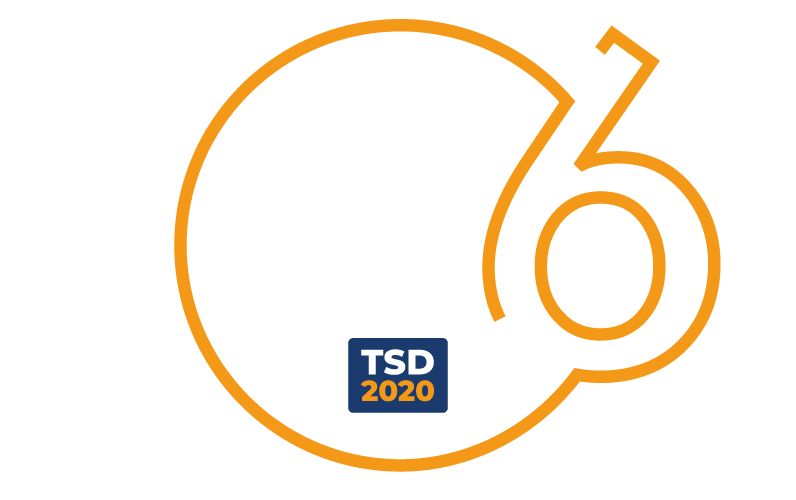Market
According to a study by Allied Market Research “Oncology/Cancer Drugs Market by Drug Class Type (Chemotherapy, Targeted Therapy, Immunotherapy, and Hormonal Therapy) and Indication (Lung Cancer, Stomach Cancer, Colorectal Cancer, Breast Cancer, Prostate Cancer, Liver Cancer, Esophagus Cancer, Cervical Cancer, Kidney Cancer, Bladder Cancer, and Others): Global Opportunity Analysis and Industry Forecast, 2018 – 2025”, the global oncology/cancer drugs market was valued at $ 97,401 million in 2017, and is estimated to reach $ 176,509 million by 2025, registering a CAGR (Compound Annual Growth Rate) of 7.6% from 2018 to 2025.
As regards the global Platinum (Pt) Based Cancer Drugs market, it was valued at $ 1,310.3 Million in 2018 and is expected to reach $ 1,814.1 Million by 2026 according to a new study by The Market Research Report “Global Platinum Based Cancer Drugs Market Share, Size, Trends, Industry Analysis Report By Drug Type (Cisplatin, Oxaliplatin, Carboplatin, Other), By Application (Colorectal Cancer, Ovarian Cancer, Lung Cancer, Other); By Regions, and Segment Forecast, 2019 - 2026".















